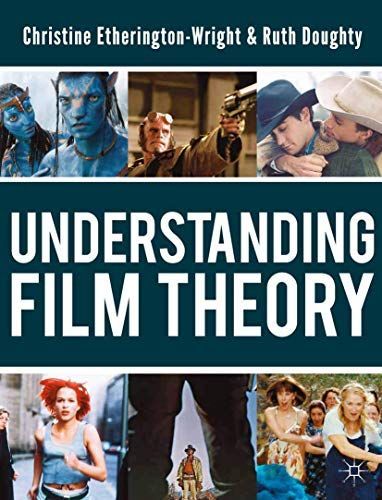
Understanding Film Theory
Film theory has a reputation for being challenging. Often requiring time and effort to fully grasp it and seeming rather old-fashioned, it can be difficult to approach the subject with enthusiasm and appreciate its relevance to modern day. Understanding Film Theory aims to disassociate theory from these connotations and bring a fresh, modern and accessible approach to the discipline. Now comprehensively updated in a second edition, the book’s sixteen chapters - including a new chapter on Adaptations - continue to provide an insight into the main areas of debate. Taking the application of theory as its central theme, the text incorporates a number of innovative features: ‘Reflect and Respond’ sections encourage readers to engage critically with theoretical concepts, while seminal texts are concisely summarised without oversimplifying key points. Throughout the book the authors illustrate why theory is important and demonstrate how it can be applied in a meaningful way, with relevant case studies drawn from both classic and contemporary cinema including: Once Upon a Time in the West (1968), Run Lola Run (1998), The Hunger Games (2012), Blue is the Warmest Colour (2013) and The Lego Movie (2014). Additional case studies address key genres (the British Gangster film and the musical), film movements (Dogme 95), individual actors (Ryan Gosling, Judi Dench and Amitabh Bachchan) and directors (Alfred Hitchcock and Guillermo del Toro). Understanding Film Theory is an approachable and extensive introduction to film theory. It is the ideal entry point for any student studying film, using clear definitions and explaining complex ideas succinctly.